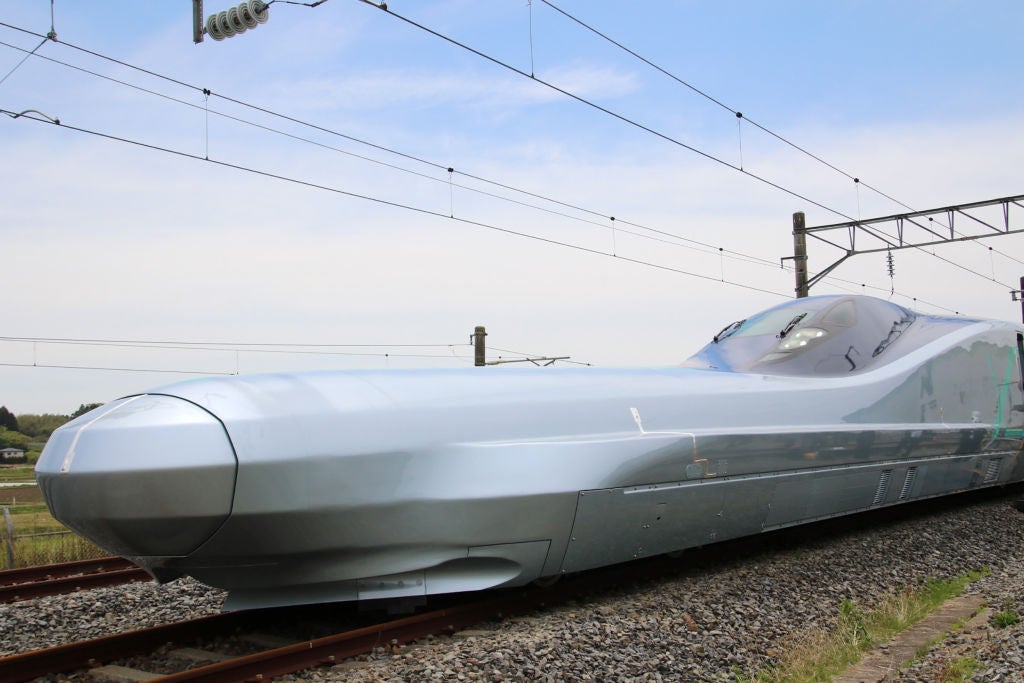Japan tests fastest ever bullet train which can reach speeds of 400kph
The new service will run at 360kph

Your support helps us to tell the story
From reproductive rights to climate change to Big Tech, The Independent is on the ground when the story is developing. Whether it's investigating the financials of Elon Musk's pro-Trump PAC or producing our latest documentary, 'The A Word', which shines a light on the American women fighting for reproductive rights, we know how important it is to parse out the facts from the messaging.
At such a critical moment in US history, we need reporters on the ground. Your donation allows us to keep sending journalists to speak to both sides of the story.
The Independent is trusted by Americans across the entire political spectrum. And unlike many other quality news outlets, we choose not to lock Americans out of our reporting and analysis with paywalls. We believe quality journalism should be available to everyone, paid for by those who can afford it.
Your support makes all the difference.Japan is about to start testing its fastest ever bullet train, which can reach speeds of up to 400kph.
The Alfa-X train will be put into service in 2030, with plans to run it at 360kph. This will make it faster than China’s Fuxing Hao service linking Beijing and Shanghai in four hours and 18 minutes.
Alfa-X’s first test journey will take place on Friday 17 May, running overnight between Aomori and Sendai. It’s the first of several trial runs that will be conducted over the next three years.
The plan is to use the super-fast shinkansen to create a high-speed connection to Sapporo, the biggest city on the northernmost island of Hokkaido, from the main island of Honshu.
“The development of the next-generation shinkansen is based on the key concepts of superior performance, a high level of comfort, a superior operating environment and innovative maintenance,” East Japan Railway Co said in a statement.
The 10-car train has a 22m-long nose at the front to reduce air resistance when entering tunnels. It will also have air brakes on the roof, plus magnetic plates on the bottom, as well as conventional brakes, to aid with slowing down.
Air suspension and dampers will help create a stable ride for passengers, especially when the train is taking on corners at speed.
It follows China’s announcement in January that it plans to introduce the world’s first driverless trains to run at speeds of up to 350kph on the Beijing-Zhangjiakou railway line.
The automatic operation bullet trains were trialled on a section of the Beijing-Shenyang line in 2018 by the China Railway Corporation (CRC) and the system passed all safety tests.
“The bullet train can automatically depart, operate between stations and adjust the train’s operation to meet its precise timetable after a single button is pressed,” a researcher from China Academy of Railway Sciences told the Sciences and Technology Daily.
For the first 10 years of the high-speed ATO trains, an attendant will still be deployed on board to ensure nothing goes wrong. After that, the trains will be totally driverless.
Join our commenting forum
Join thought-provoking conversations, follow other Independent readers and see their replies
Comments